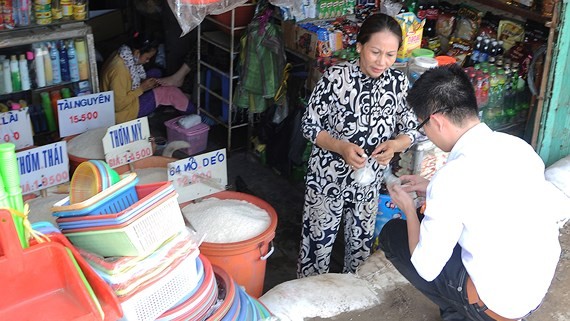
The index showed the confidence of traditional grocery stores in the retail sector was lowest in the last two years slipping from 69 points to 68 points.
The report on RCI based on the results of direct interviews at more than 800 traditional grocery stores nationwide with a minimum of 30 product lines on sale aims to have insight into the local retailers’ confidence, their primary concerns as well as their support for leading brands.
Director of the Retail Measurement Services at Nielsen Vietnam Nguyen Anh Dung said that the average RCI is 100. Once, the index surpassing 100 points shows optimism among retailers and vice versa. Accordingly, the RCI of the second quarter indicates that they are not optimistic about the domestic retail market’s potential and need more support to attract consumers.
While the country has index score of 124 in the latest Consumer Confidence Index released by Nielsen, RCI maintained same. This meant that the optimism of the Vietnamese consumers of their financial status doesn’t lead to increase in purchase of commodities from traditional local retailers whereas people spend more on tourism, automobile, smartphones, and households appliances.
As retailers are channels to distribute products of all brand names to consumers, producers should understand their concerns more to help them in develop the trade and capability.
With more than 1.4 million stores throughout the country, the traditional trading channel has proved to be the biggest contributing channel of quantity and revenue of the fast-moving consumer goods (FMCG) sector. It has made up approximately 83 percent of the total revenue in urban areas, equivalent to nearly US$10 billion in the FMCG sector.
The figure shows its pivotal role of traditional local retailers in the country especially when competition with convenience stores and other markets is becoming more fierce.
























